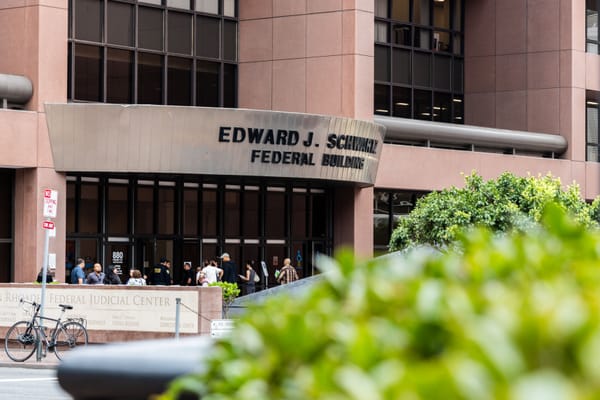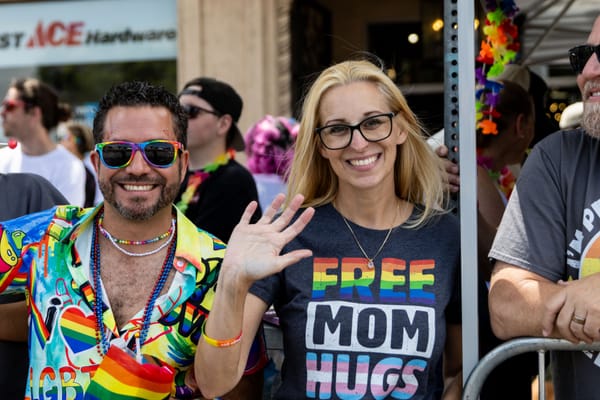San Diego advocates push to end girls’ incarceration
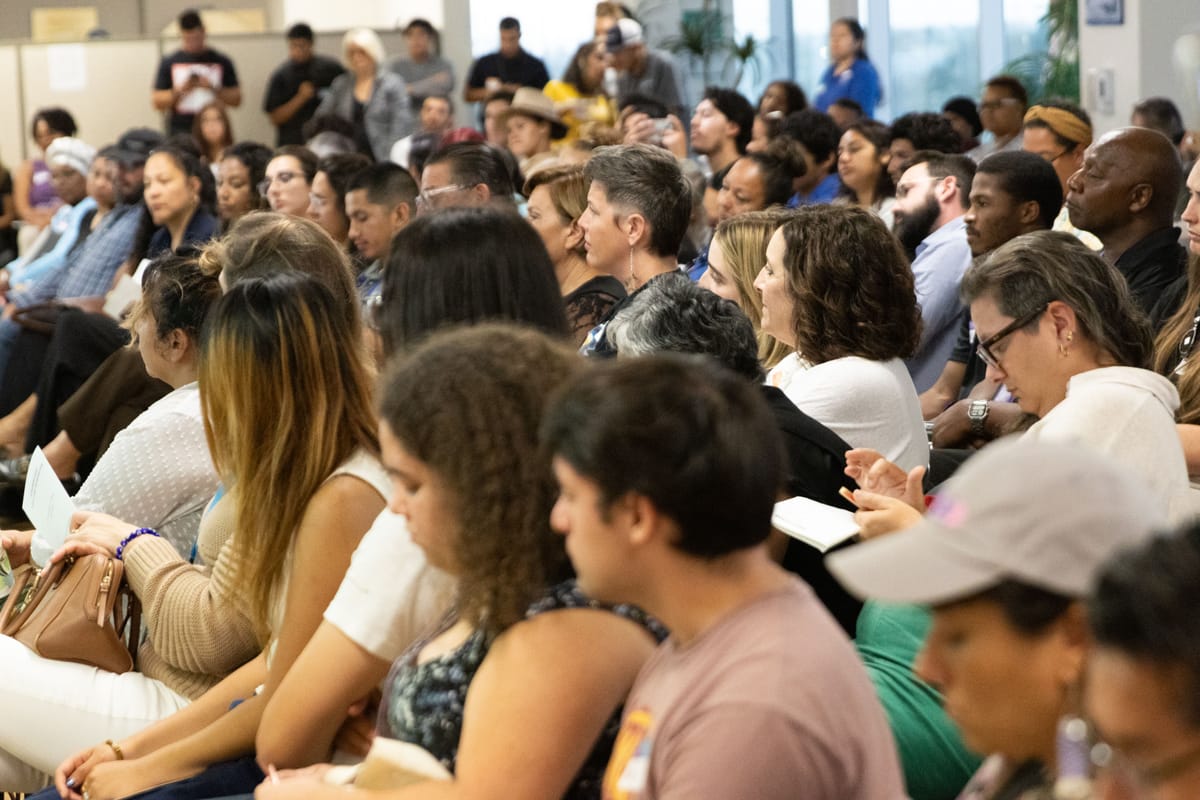
With only 25 girls detained, local organizers say the number should be zero — and they’re calling for community-led alternatives.
Written by Lauren J. Mapp, Edited by Maya Srikrishnan
Author’s Note: This story includes references to sexual abuse, trafficking, family violence and incarceration of minors.
There are 25 girls currently incarcerated in San Diego’s juvenile detention system, and local and statewide advocates hope to drop that number to zero.
While more boys are incarcerated both in San Diego and across the state, Mid-City CAN community organizer Alejandro Martinez said girls, transgender and nonbinary youth face additional difficulties while held in juvenile detention.
The vast majority — 93% — of child sex trafficking victims are girls, according to the U.S. Department of Justice.
Girls are more likely to experience abuses of power from their boyfriends, which Martinez said can prompt them to defend themselves leading to an arrest.
“Women [and girls], many times, are committing these 'crimes' out of a need to survive,” he said. “They're needing to survive in a system that is not catered for them.”
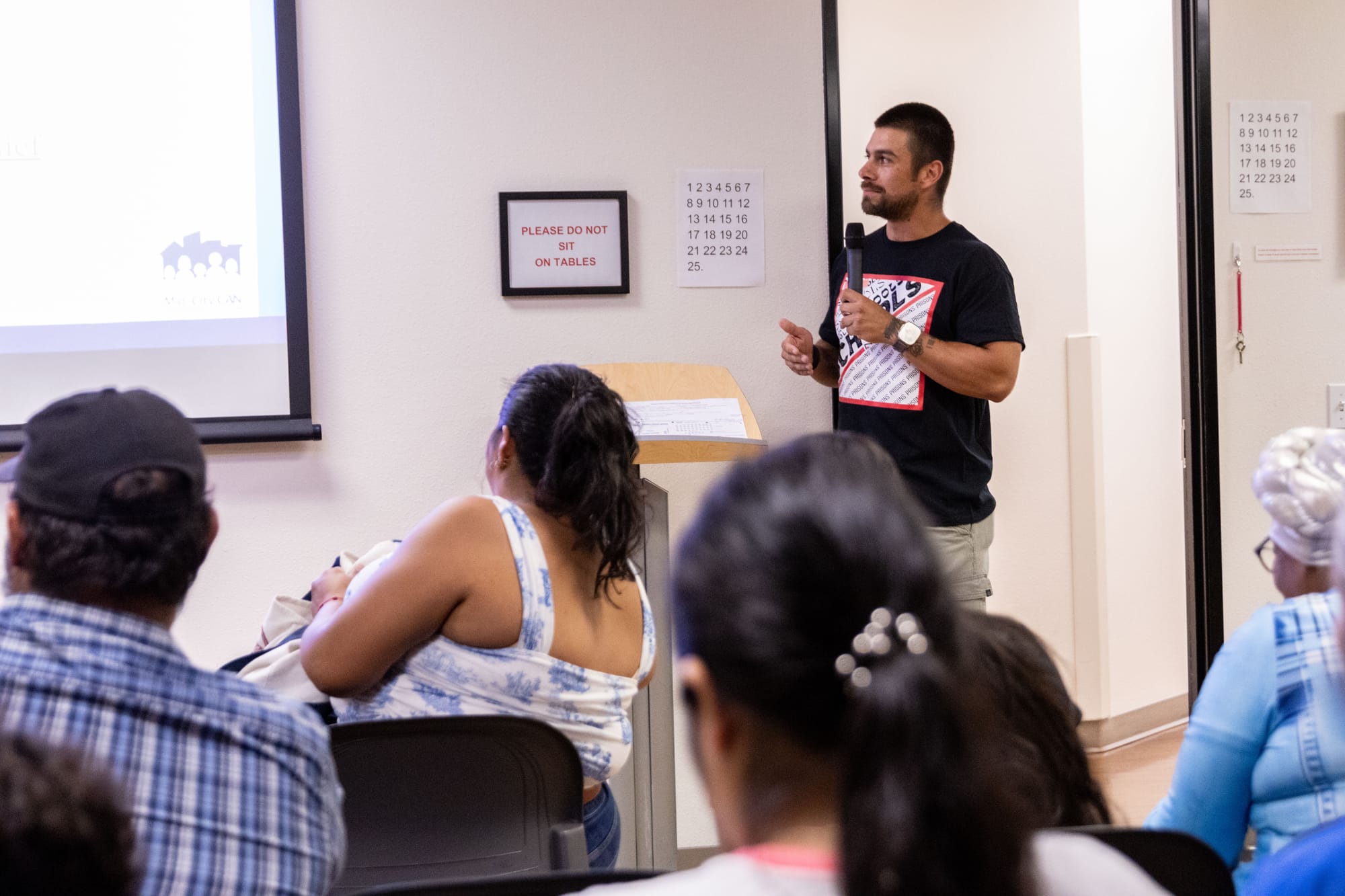
Last week, Martinez joined other panelists at a Mid-City CAN advocacy event in City Heights focused on ending girls’ incarceration. The standing-room-only crowd of more than 100 people participated in a discussion on reforming the state’s youth incarceration system, including testimony from several people who were detained in juvenile detention centers when they were younger.
The panel was part of an ongoing statewide effort to end girls’ incarceration, funded by The Center at Sierra Health Foundation in collaboration with the Office of Youth and Community Restoration.
The program launched after the state closed its Department of Juvenile Justice facilities and shifted responsibility for incarcerated youth to counties. The move was part of an ongoing push to reform the juvenile justice system, which a 2019 report from the Center on Juvenile and Criminal Justice described as subjecting “generations of California youth to inhumane conditions and lasting trauma.”
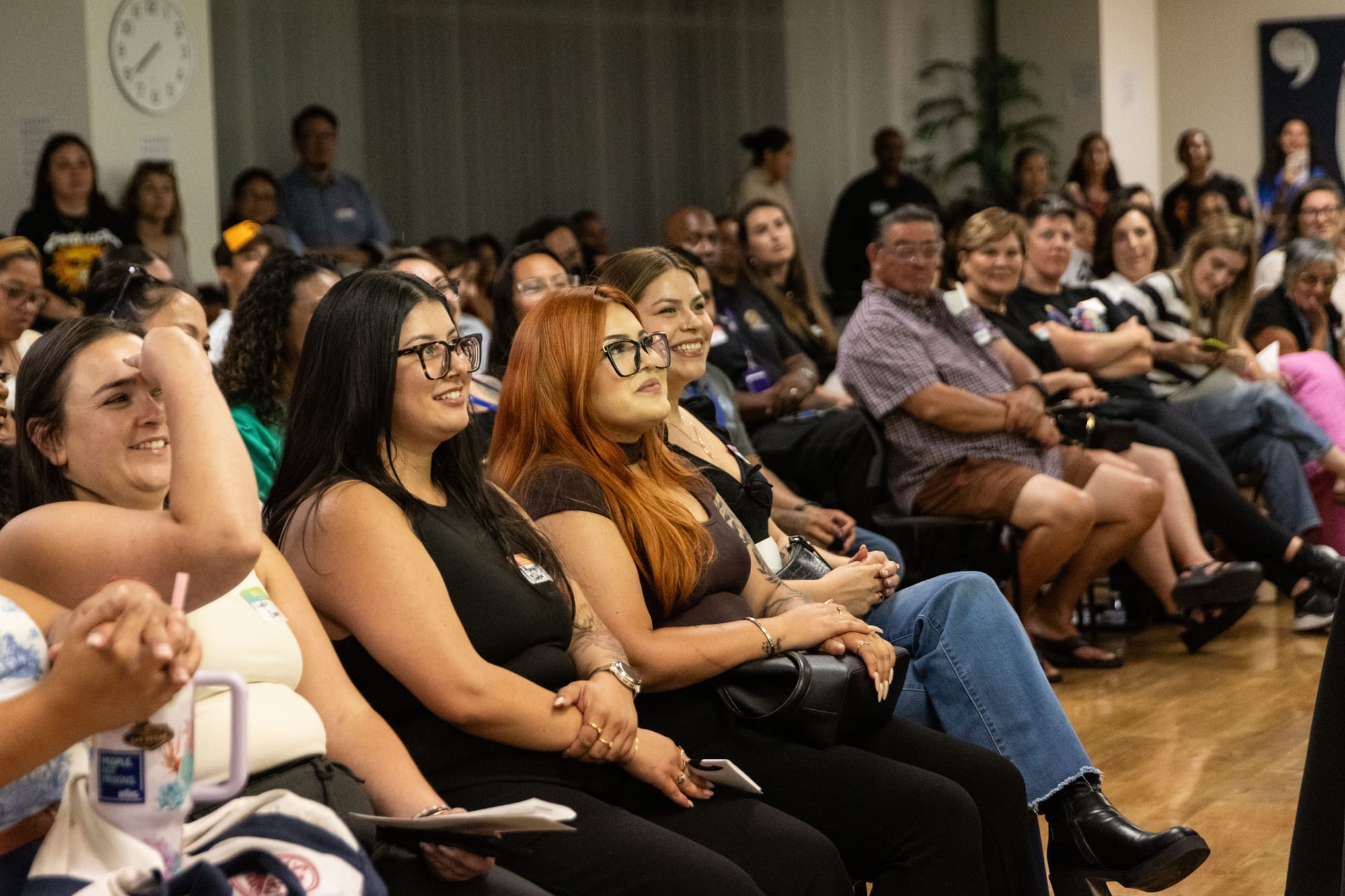

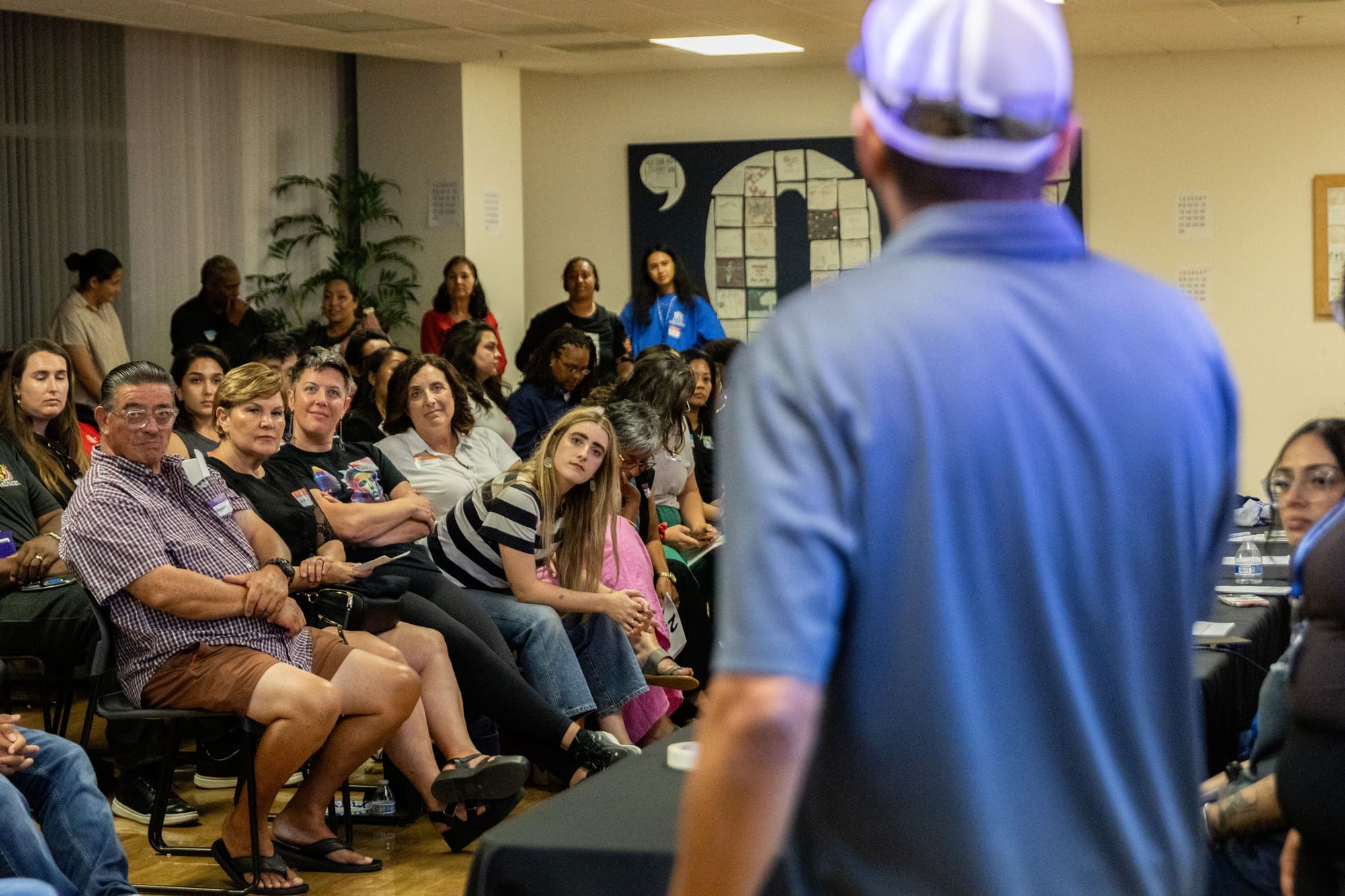
The initiative aims to eliminate the incarceration of girls, transgender and nonbinary youth by investing in diversion programs to keep kids out of juvenile hall, community-based support and gender specific programming. San Diego is one of four pilot counties — along with Los Angeles Sacramento and Imperial — awarded funds to build out local coalitions and programs.
Girls are disproportionately incarcerated for running away from home. Office of Juvenile Justice and Delinquency Prevention statistics show that in 2022, girls made up 58% of runaway cases.
Running away from home — which is only illegal when the person is a minor — is often related to issues at home, according to the Arizona State University Center for Problem-Oriented Policing. That includes physical and sexual abuse, rejection of their LGBTQ+ identities, rigid rules and punishment, domestic violence between parents, tension with step-parents or other factors.

Panelist and mentor Angie Madueno said she was first incarcerated at 14 while living with two drug-addicted parents. Instead of being punished at that age, she wishes someone had offered her support, especially after being sexually assaulted.
“I had to turn myself in, I had to get locked up and do juvenile hall time,” she said. “I had a probation officer who fought for me so hard and she thought that what I went through was enough punishment, but to the judge, it wasn't.”
LGBTQ+ youth face even more issues while navigating the criminal justice system.
A Safety and Justice Challenge report found LGBTQ+ youth more likely to end up in the juvenile detention system, to be placed in solitary confinement and to experience sexual abuse while incarcerated. Data shows 10.5% of lesbian, gay and bisexual youth are victims of sexual abuse while incarcerated compared to 1.5% of heterosexual youth.
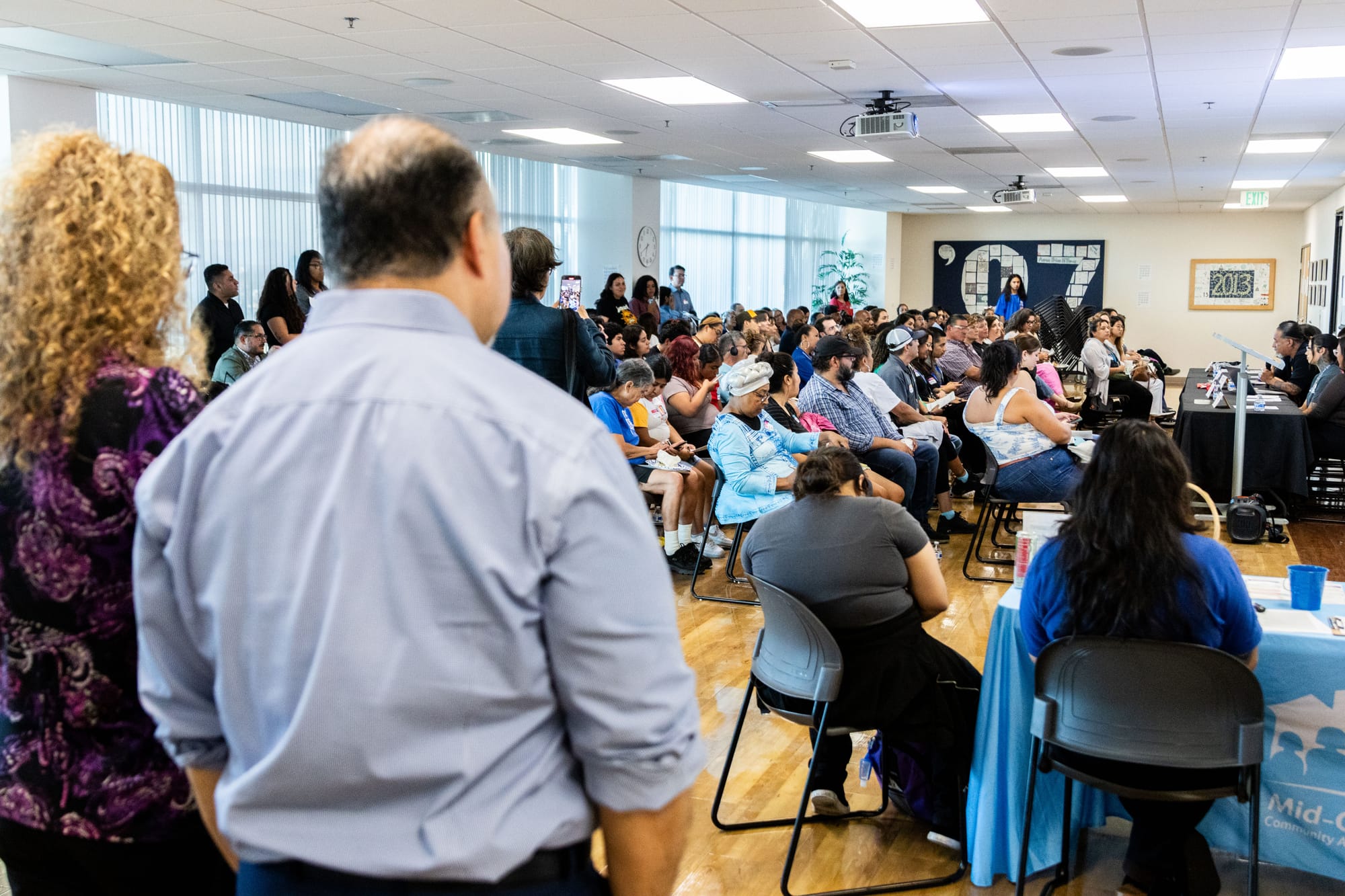
Transgender youth are often placed in facilities aligned with the sex they were assigned at birth, according to a 2009 Hidden Injustice report. That puts transgender girls at an especially high risk for sexual abuse while incarcerated in boys’ facilities.
One reason LGBTQ+ youth end up in juvenile detention is for defending themselves against the harassment they face in schools and at home.
According to the Safety and Justice Challenge report, 82% of LGBTQ+ youth experienced bullying in school and 37% faced physical harassment. Family rejection due to LGBTQ+ identities led to nearly half of LGBTQ+ youth experiencing homelessness before they were incarcerated. To survive, individuals sometimes turn to criminalized activities likes panhandling, theft and sex work.
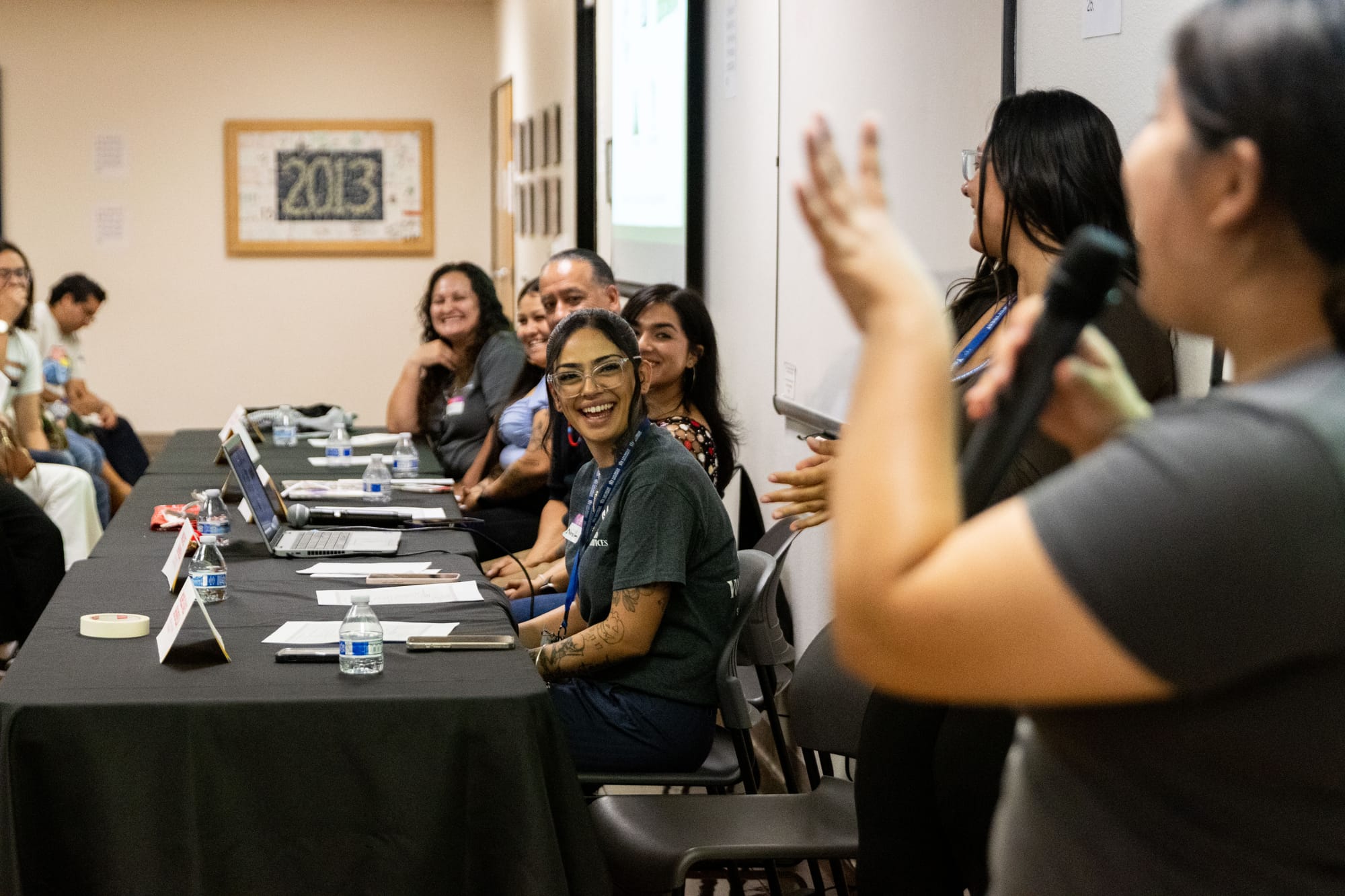
One California county — Santa Clara in the Bay Area — has nearly reached its goal of ending incarceration for girls, with the county averaging zero to two girls in its juvenile hall daily from 2019 to 2022.
Listening to girls and learning what they needed at the time of their arrests was one of the keys to reducing incarcerations, said Alexis Roman, Santa Clara County director at the Young Women’s Freedom Center.
“Conditions were not safe for them, they didn't have access to mental health,” she said. “We call them survival crimes. Folks needed food, they needed shelter, they needed clothing, they needed housing.”
The center opened a site and new programs in San Jose, which provides employment opportunities, internships and fellowships to youth in foster care, legal and welfare systems. Roman said it also helps to connect girls with formerly incarcerated staff.
“Staff who had the lived experience, who had gone through the systems, who were also failed by these systems could relate to young folks in ways that other folks, other providers, other systems cannot,” she said.
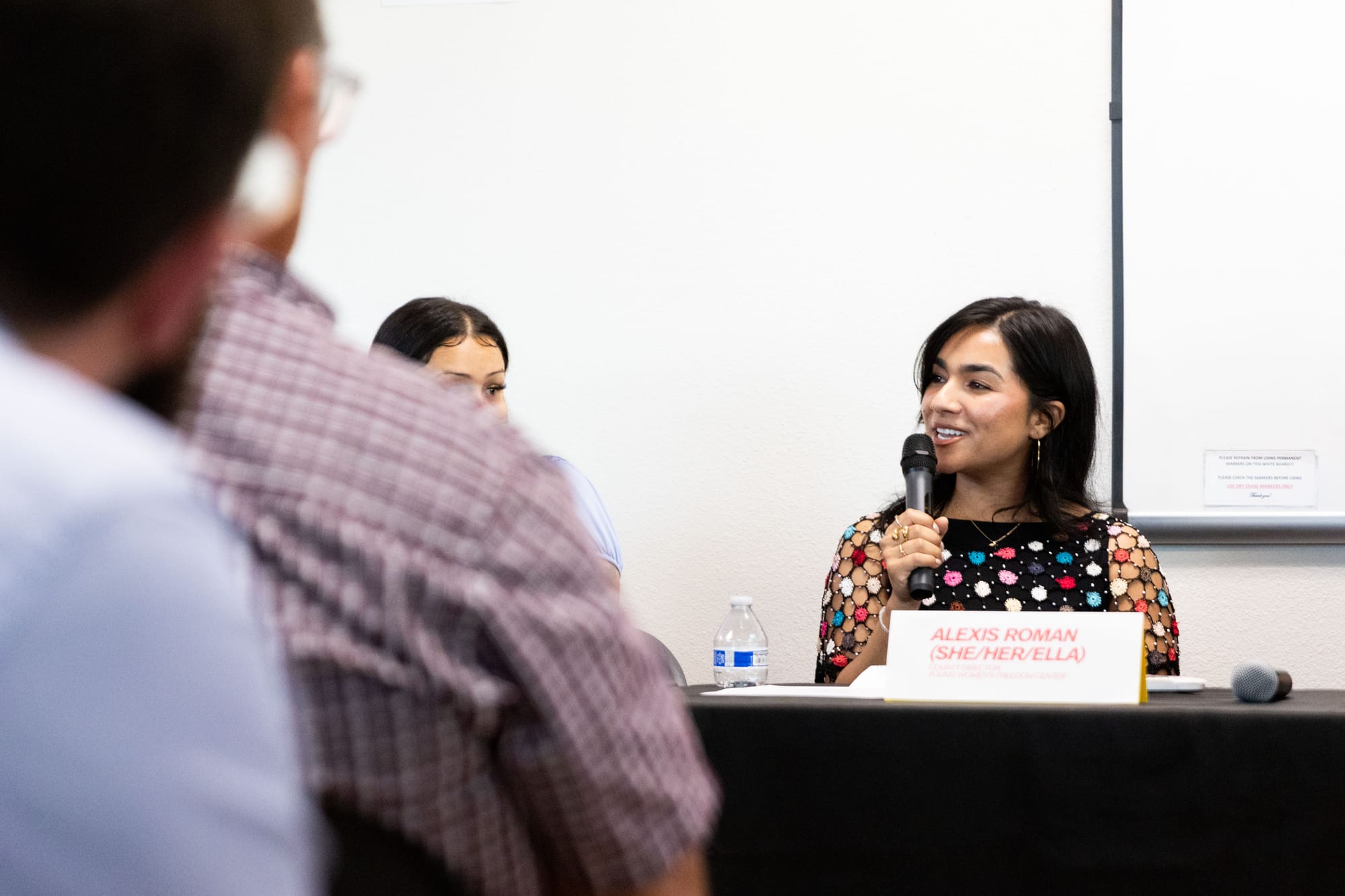
Mentors, especially those who went through the juvenile detention system, can be especially powerful as a support tool for youth, the panelists said.
Olga Vasquez — program manager for Community Wraparound, a mentoring program for gang-involved youth — said as a kid, members of her friend group who were akin to family raped her. Because no one ever told her otherwise, she said she didn’t know that she could do anything to report or try to stop the abuse.
“I'm here to teach the youth that it's not okay, and that there is a difference, that we can break that cycle, because it starts with them,” Vasquez said. “They are our future.”
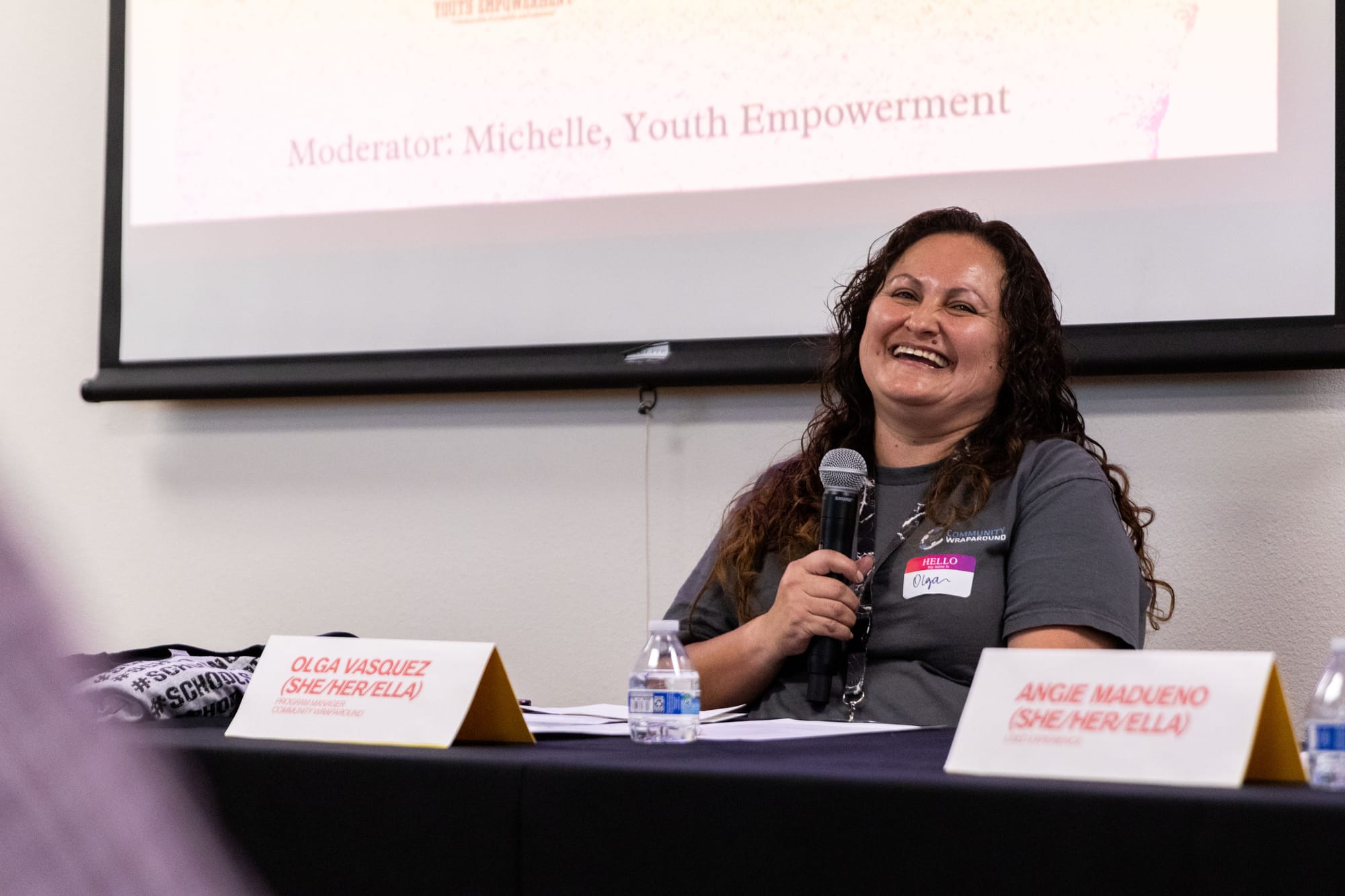
Eliminating incarceration for girls, transgender and nonbinary youth is one step toward an ultimate goal of ending juvenile detention for all kids, said Martinez from Mid-City CAN.
California has made several policy changes aimed toward reducing youth incarcerations and abuse within the system.
In 2016, voters passed a proposition to abolish the ability of prosecutors to directly file juvenile cases in adult court.
The state senate passed a bill in 2018 preventing kids under 12 who commit crimes other than murder and sexual assault from being sent to juvenile detention. Prior to passing the bill, research in Monterey County found that nearly 600 kids in that age group had been arrested there between 1995 and 2015. That included four 6-year-olds, said Israel Villa, California Alliance for Youth and Community Justice deputy director.
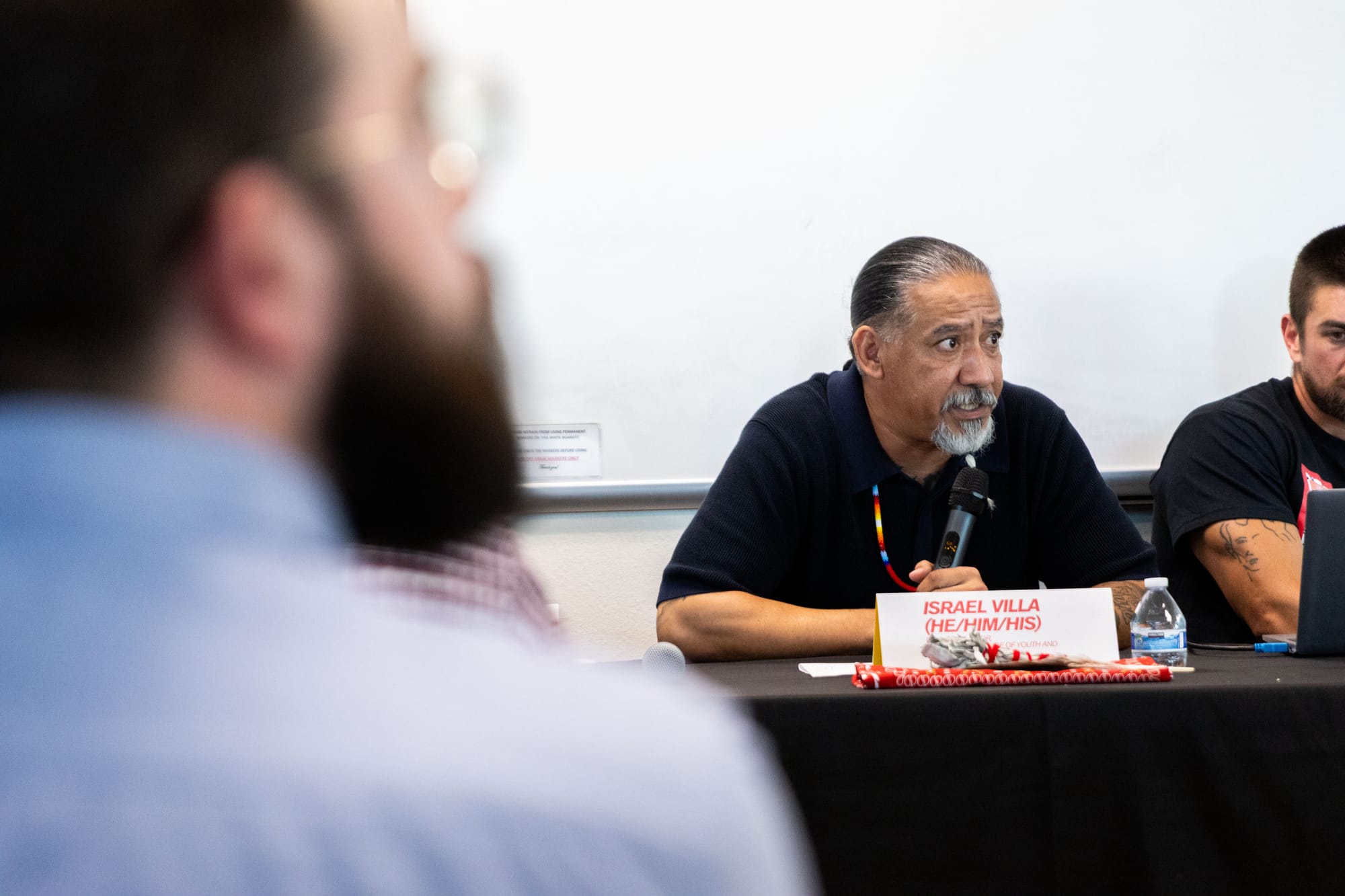
Villa — who spent about 18 years incarcerated in the juvenile and federal prison systems between ages 12 and 35 — said it’s important for community organizations to work together to end child incarceration.
“If we can raise cage-free chickens then I think we can raise cage-free kids,” he said.
Mid-City CAN advocates are asking community members who want to support the initiative to send letters to District 4 County Supervisor Monica Montgomery-Steppe, who recently created a committee focused on juvenile justice. The letter, which can be edited and submitted online through Action Network, urges her to include support of the goal to end incarceration for girls, transgender and nonbinary youth in the region.
The organization also has a second letter it’s promoting addressed to San Diego Police Chief Scott Wahl asking him to also work toward eliminating incarceration in the city.



